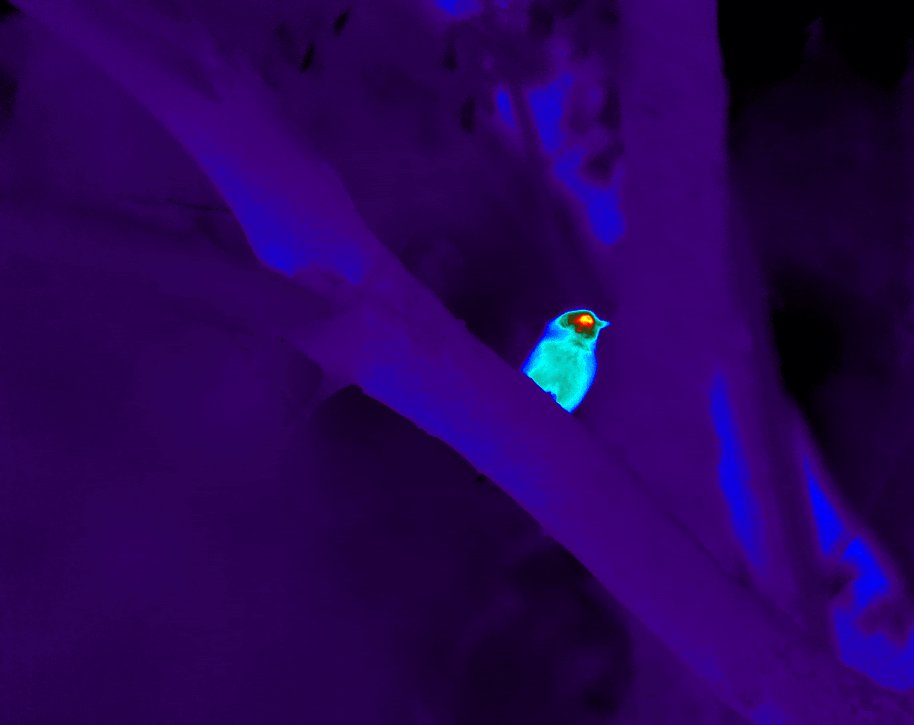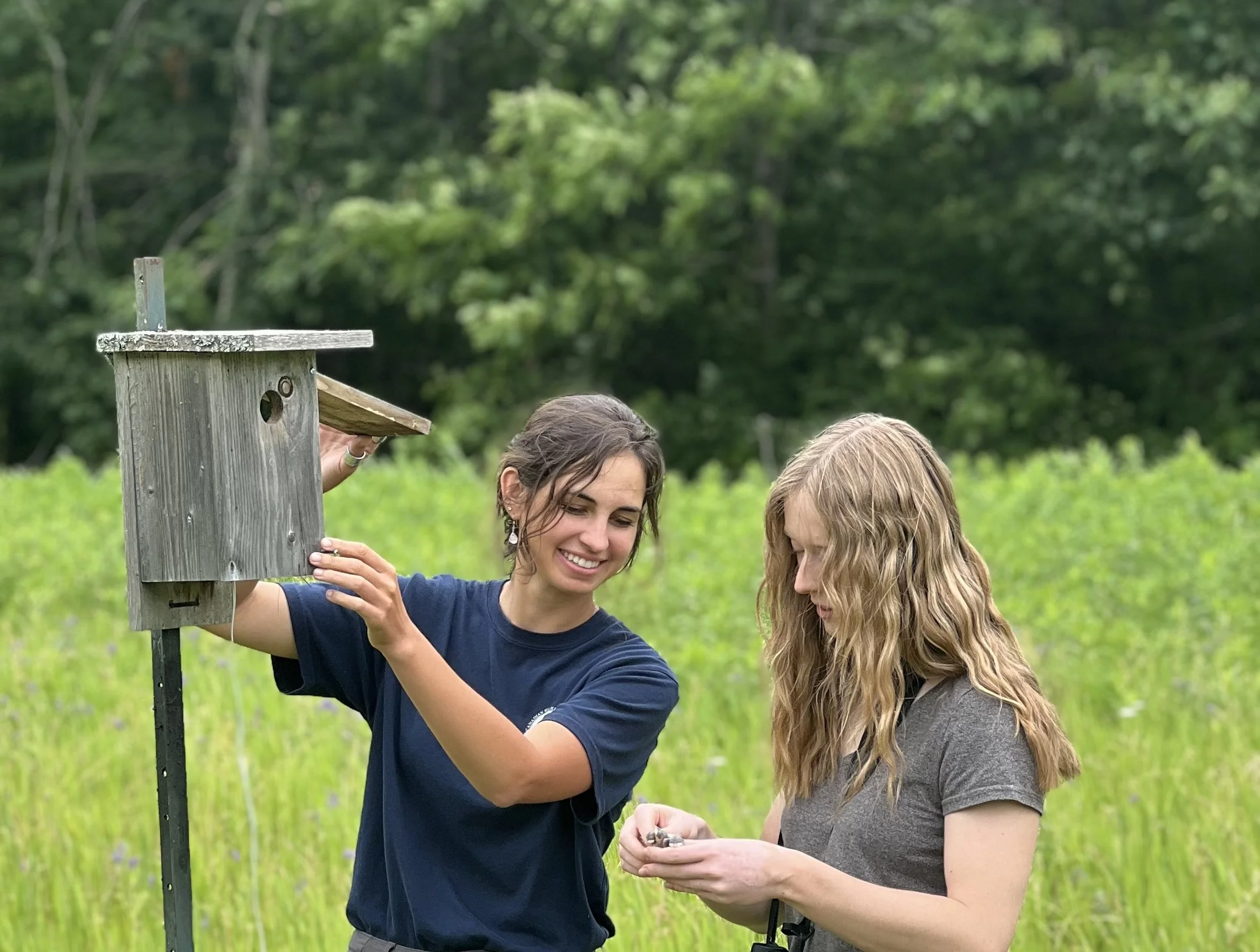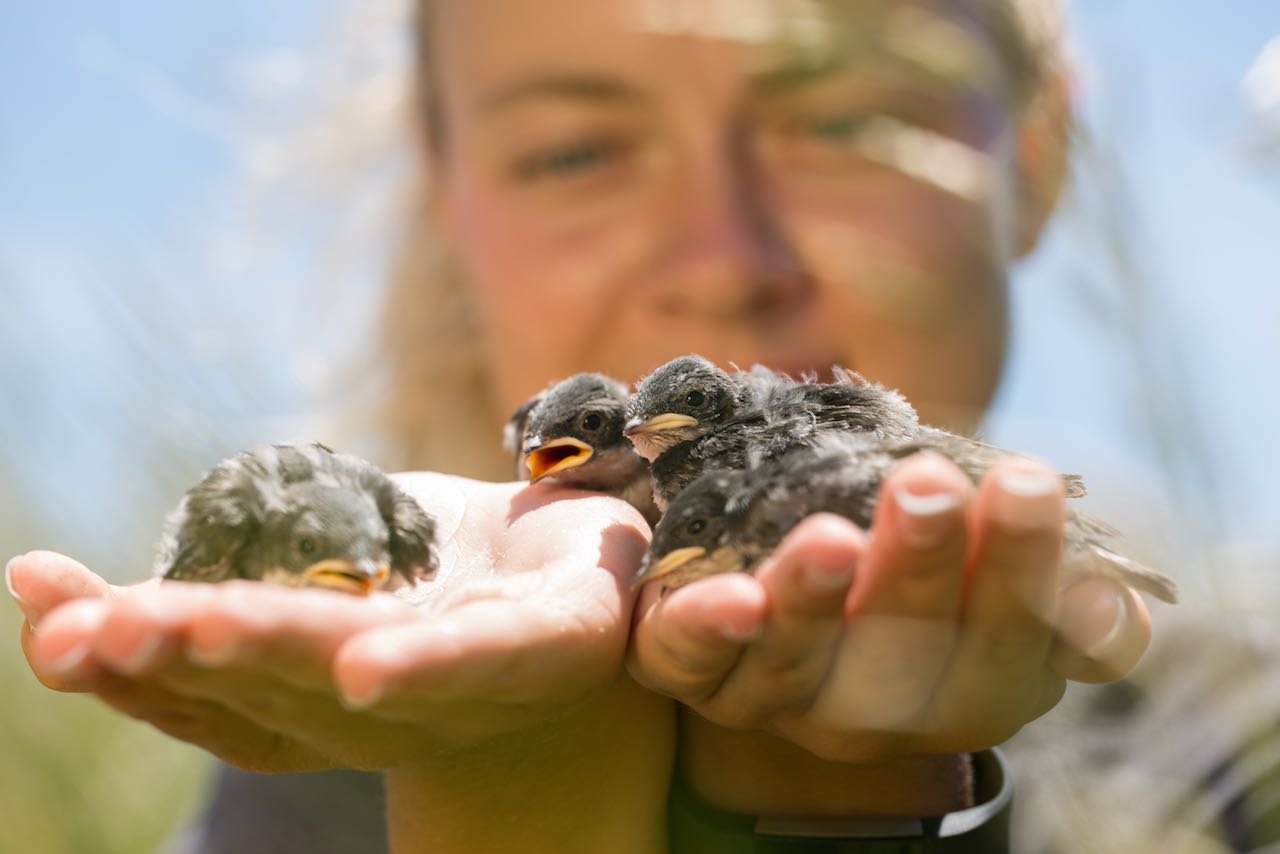
Integrating physiology and evolutionary biology to understand how animals respond to environmental stressors
Photo: Glenn Tattersall
Major research themes
Avian thermal physiology and climatic change
To predict how species may shift their ranges with a warming climate we have been remotely monitoring body temperature and flight activity in free-ranging tree swallows and captive zebra finches. Planned upcoming field studies will use an Automated Radiotelemetry Array System to track the movement of breeding individuals and link performance with fitness.
Phenotypic plasticity and environmental stress
We have been studying how mothers may adjust the biology of her offspring to match her environment, via signals during embryonic and/or postnatal development. We have shown in birds that both the pre-natal (incubation) and post-natal environment can have long-term impacts on various physiological systems. In cold-water fish the temperatures experienced by mothers (and fathers) during egg/sperm production impact offspring thermal physiology at the molecular and whole animal levels.
Effects of artificial light at night on avian endocrinology and behaviour
Every year fledgling seabirds get stranded in Canada’s coastal communities, with the presumed cause being attraction to streetlights. Though collaboration with Environment and Climate Change Canada we have been testing the effects of artificial light at night on the behaviour of Atlantic puffins and Leach’s Storm Petrel fledglings. To understand the endocrine response to artificial light, we have expanded our study to include nest box breeding tree swallows


